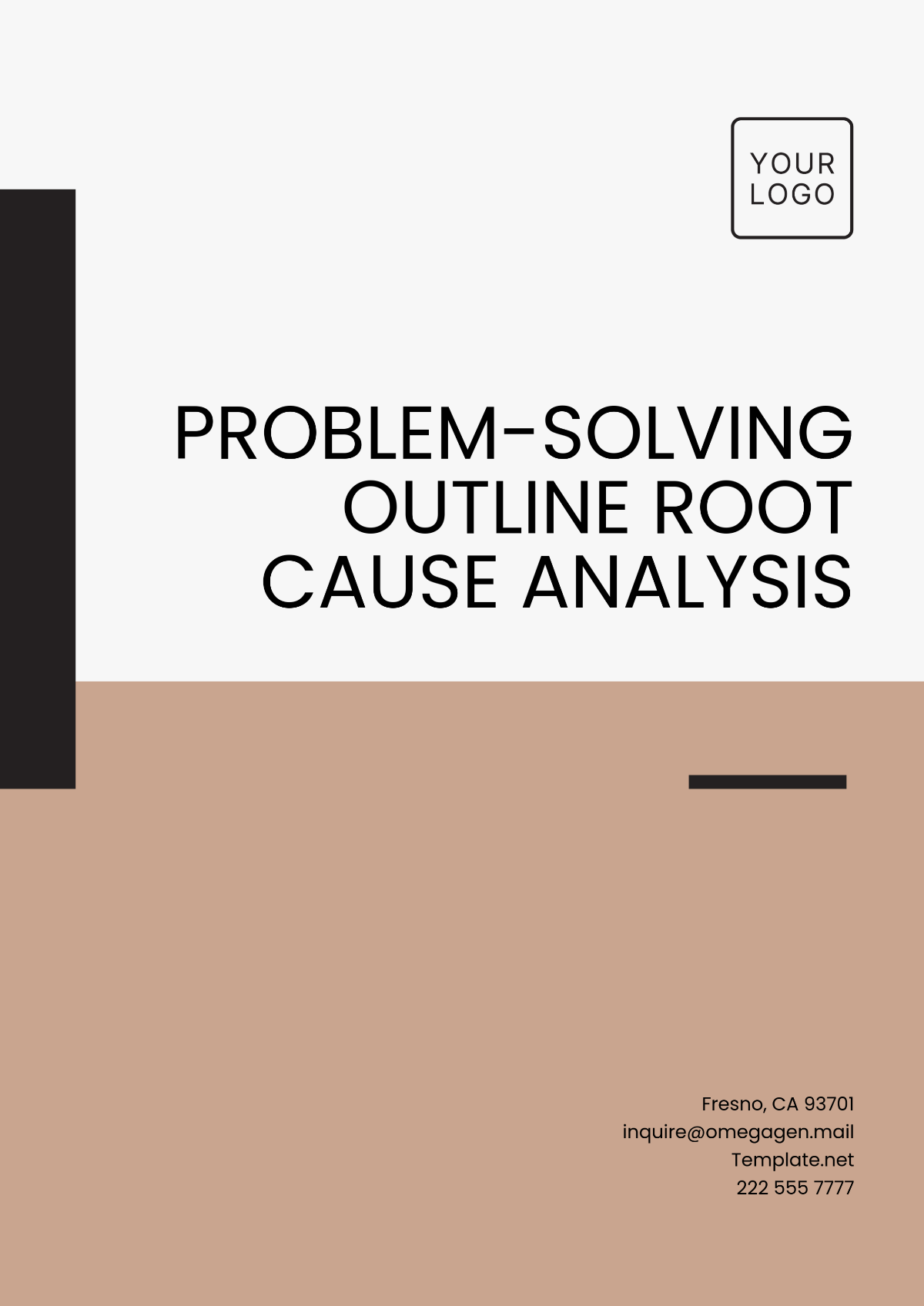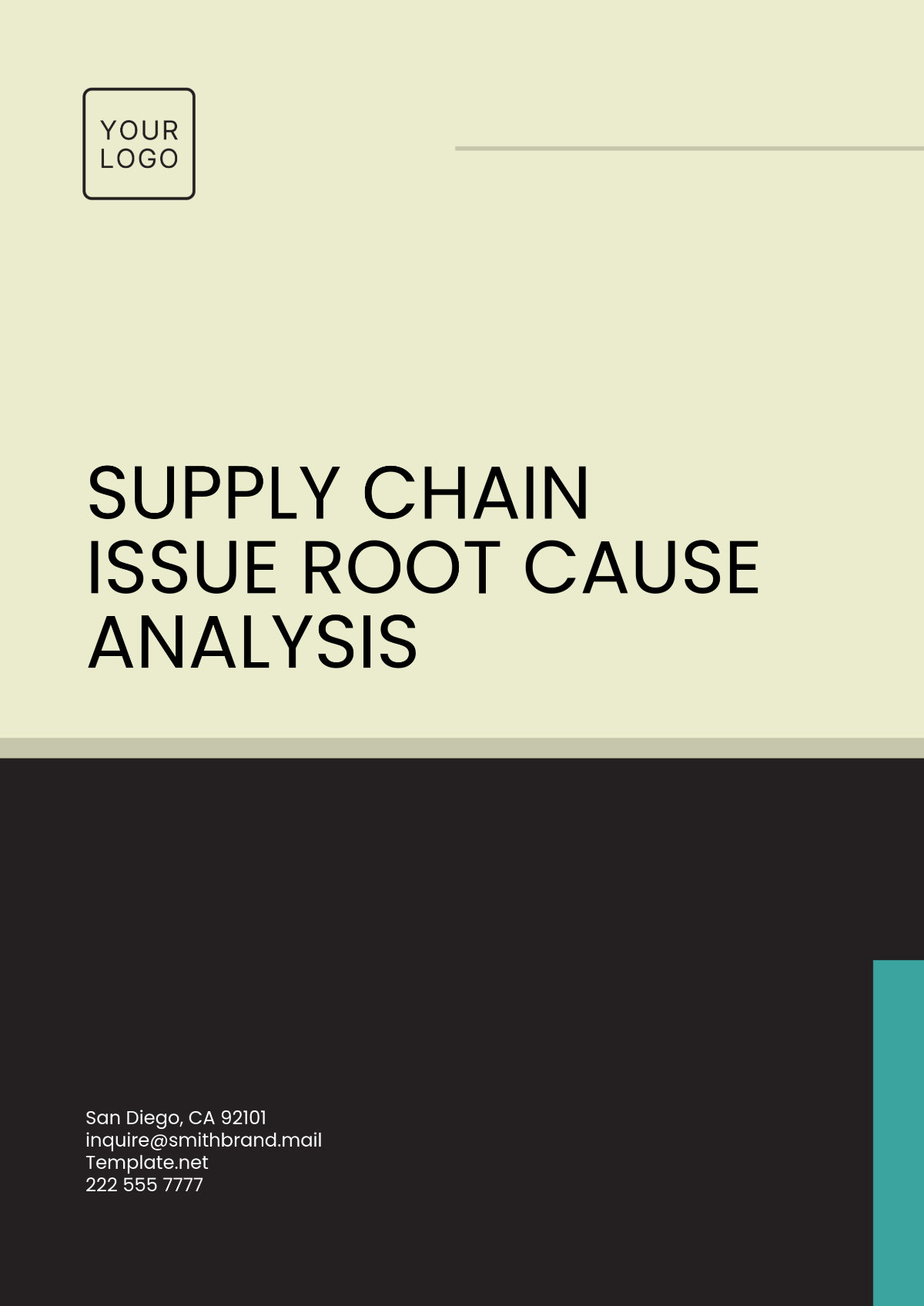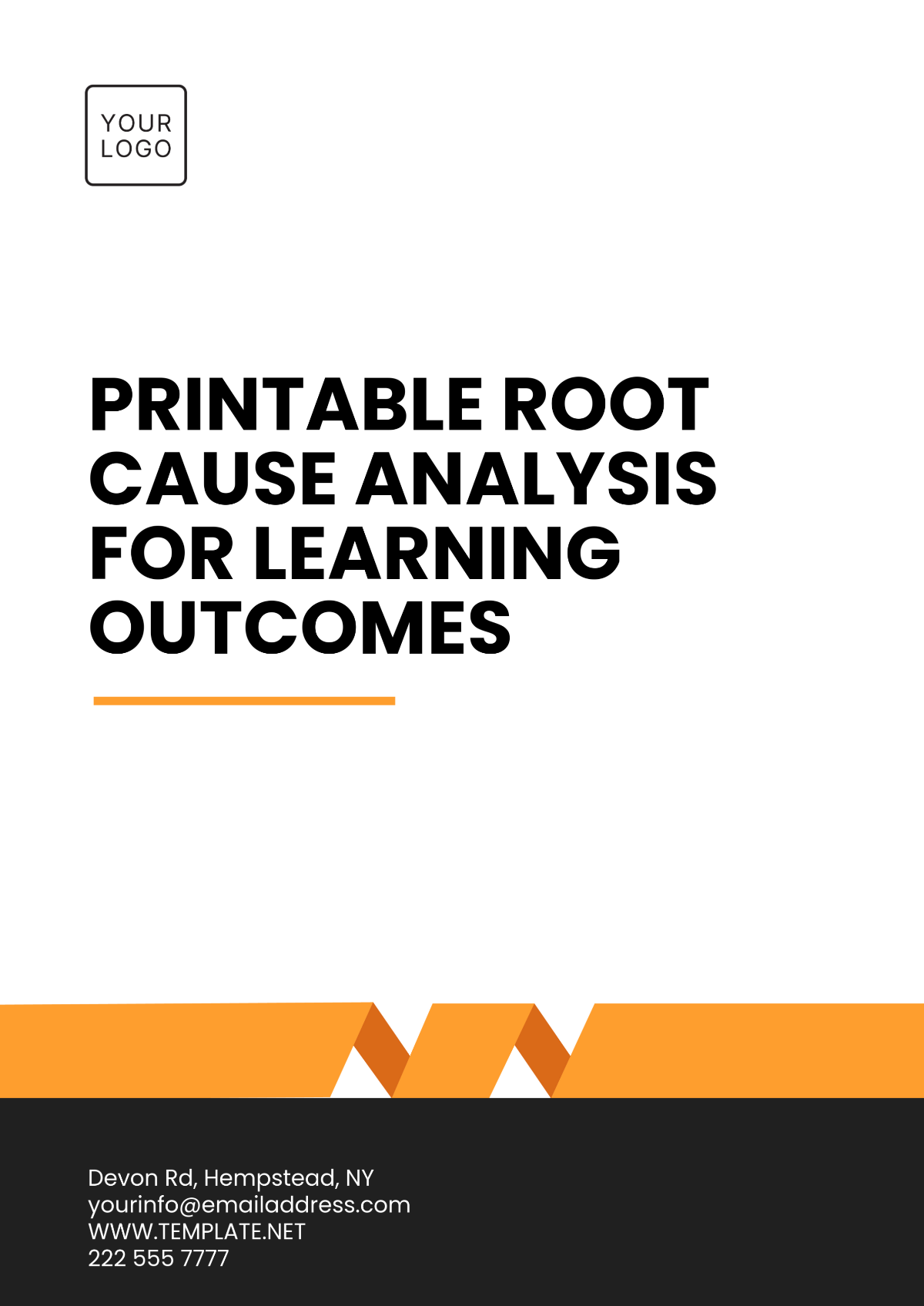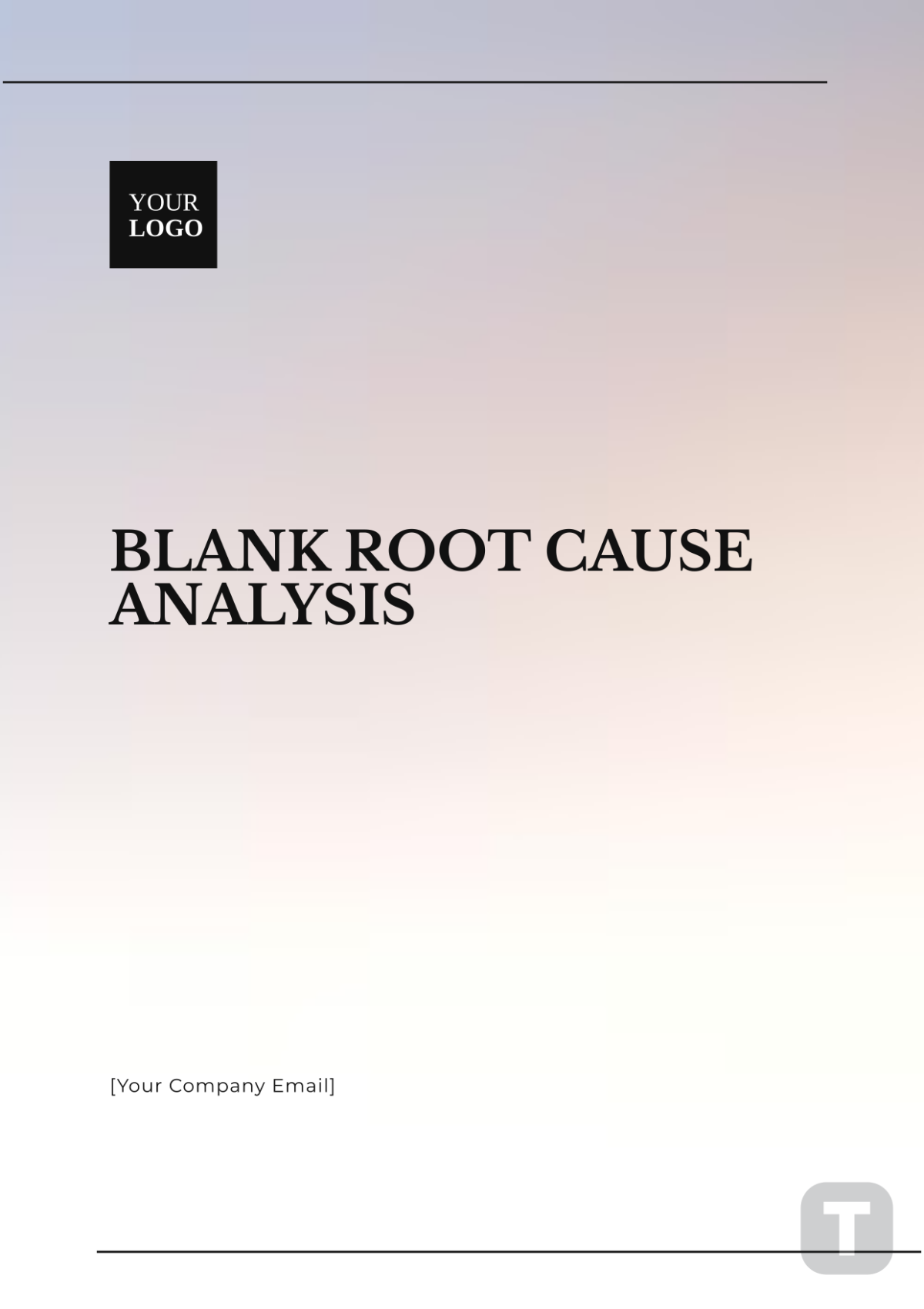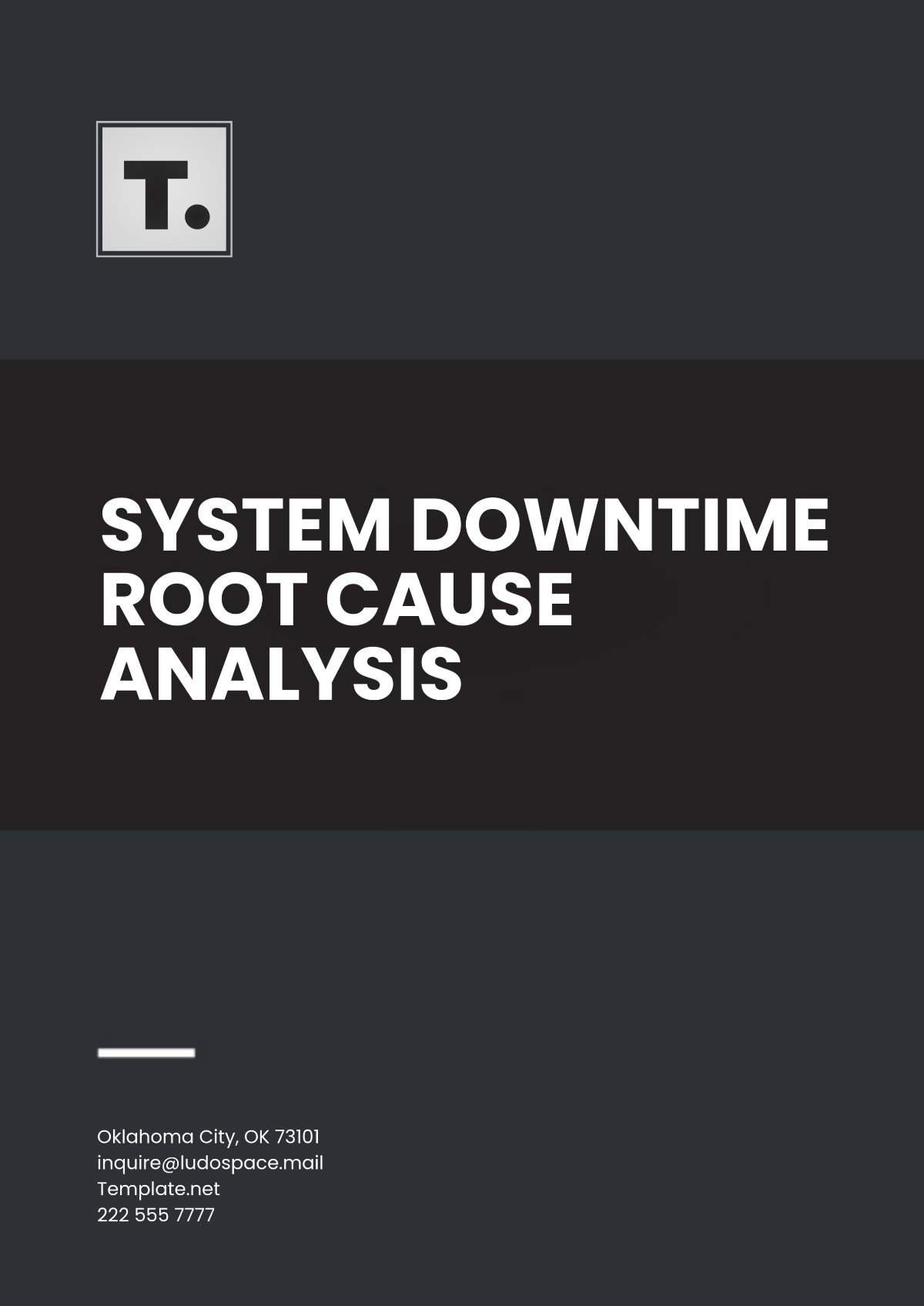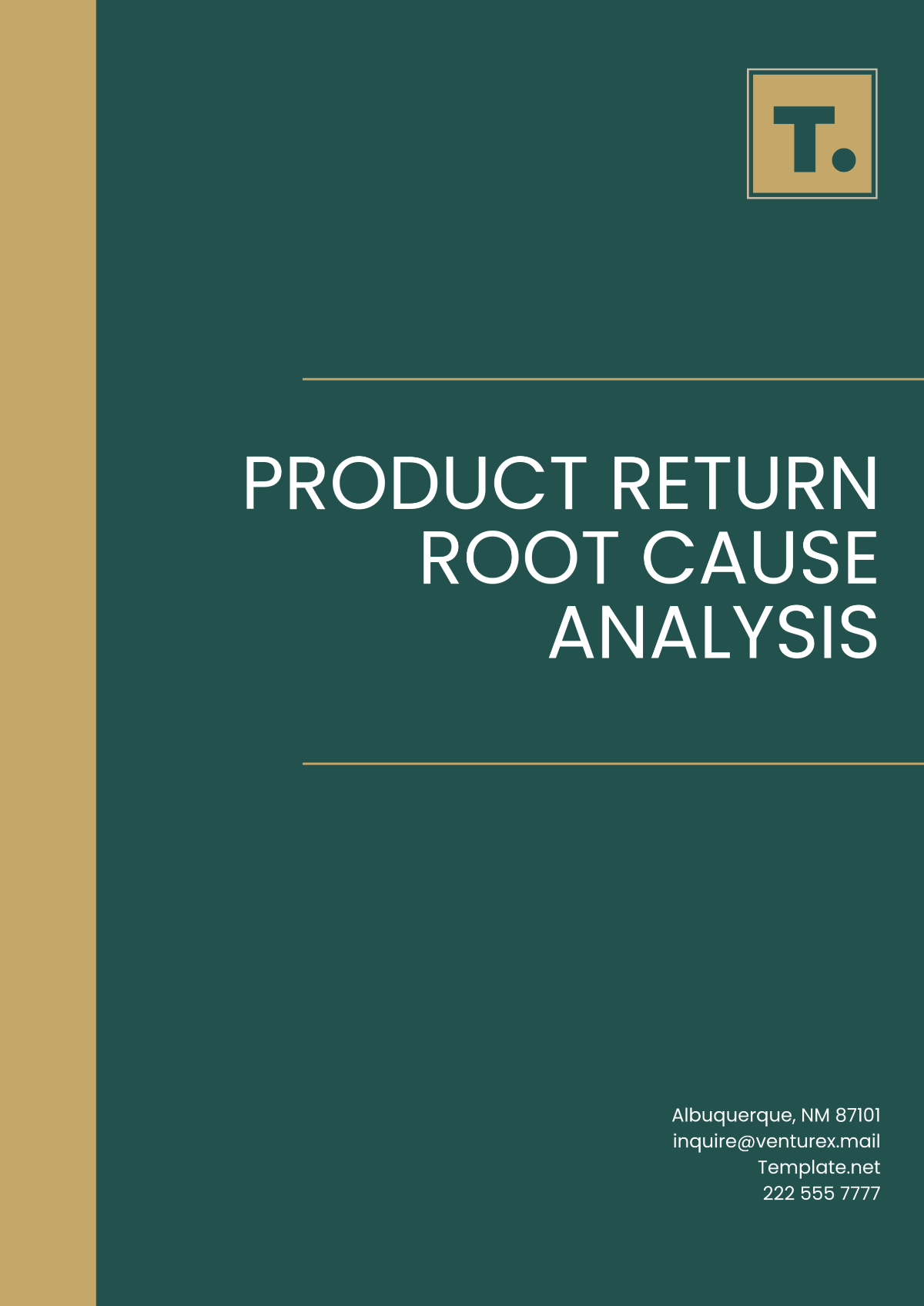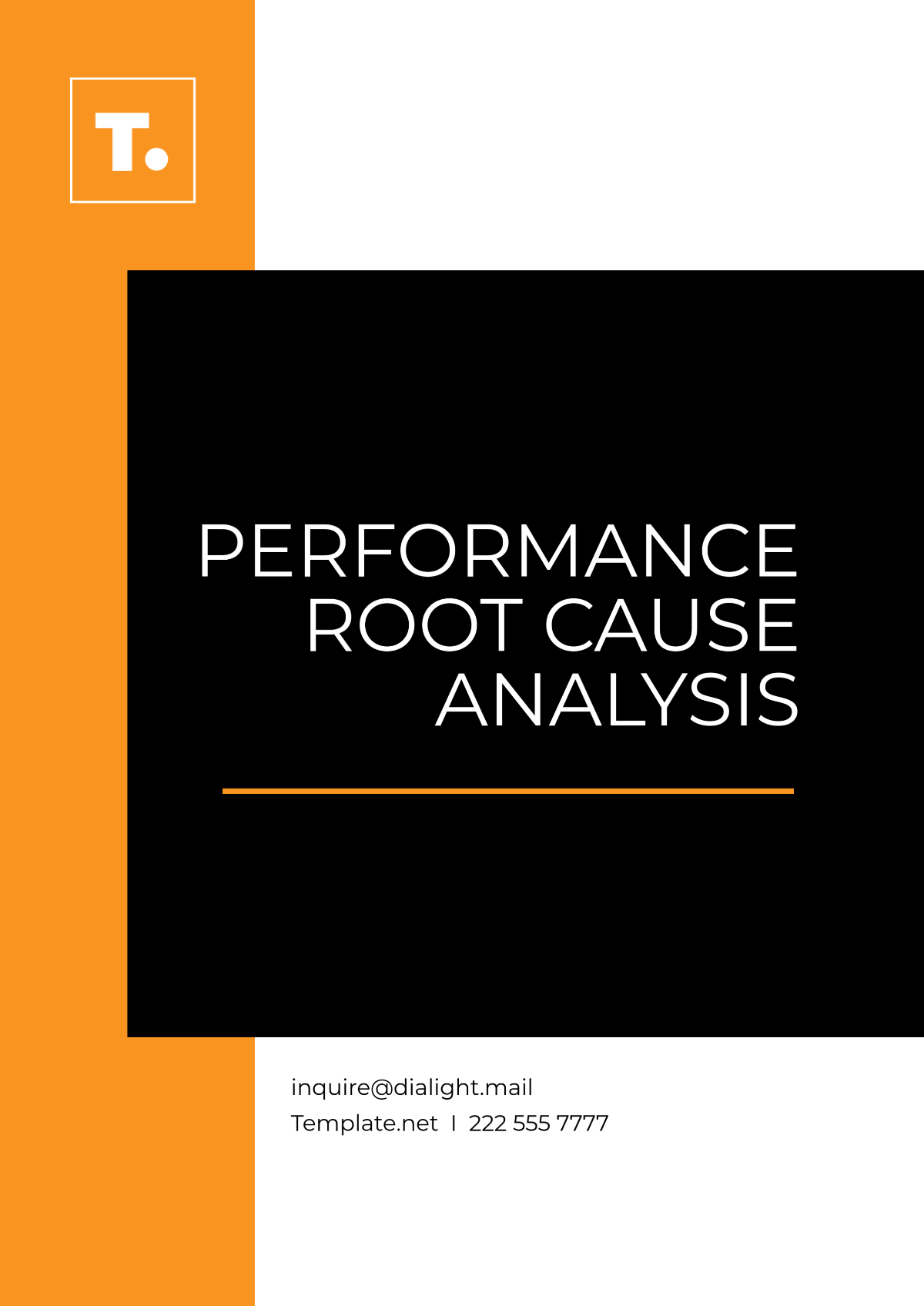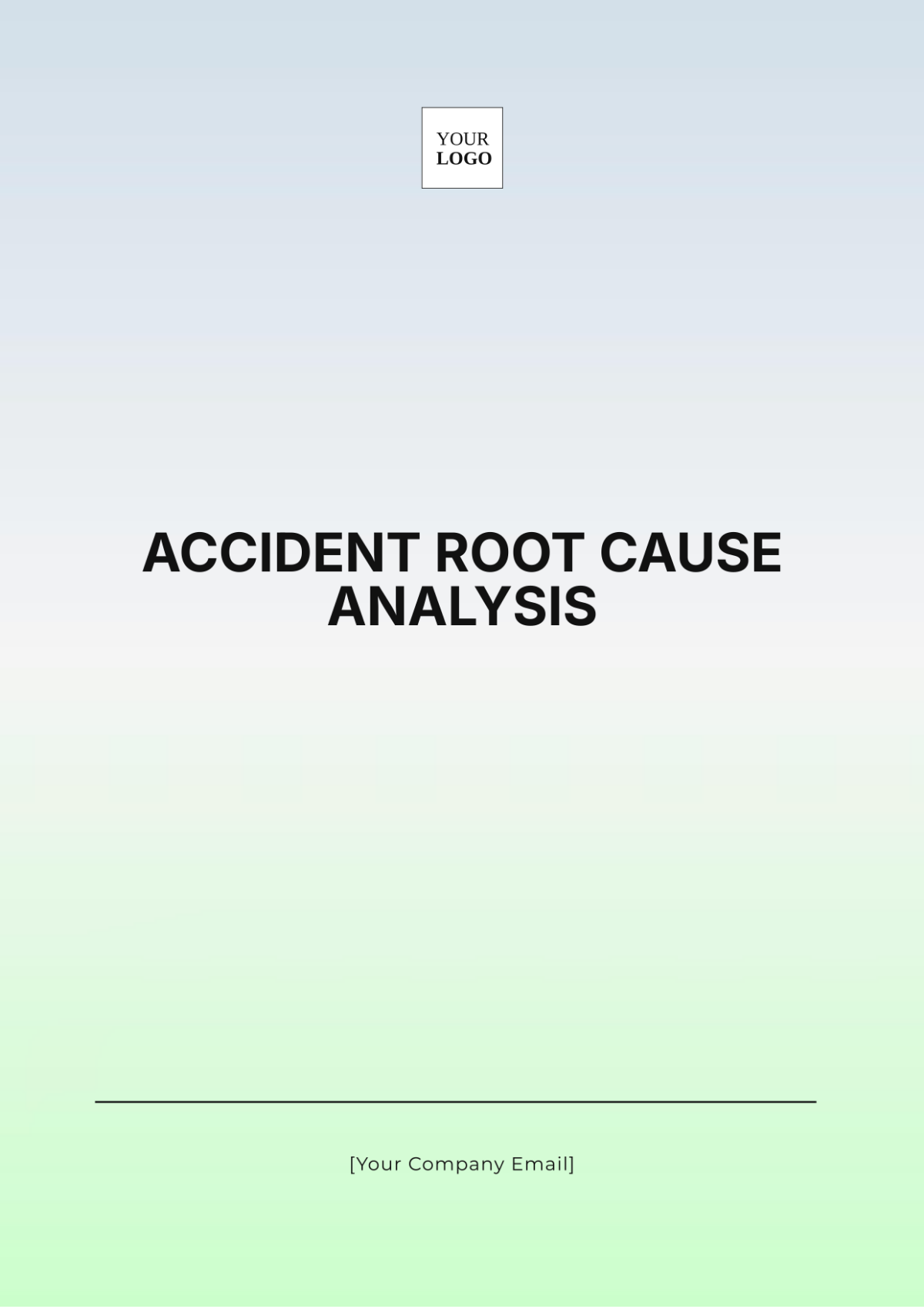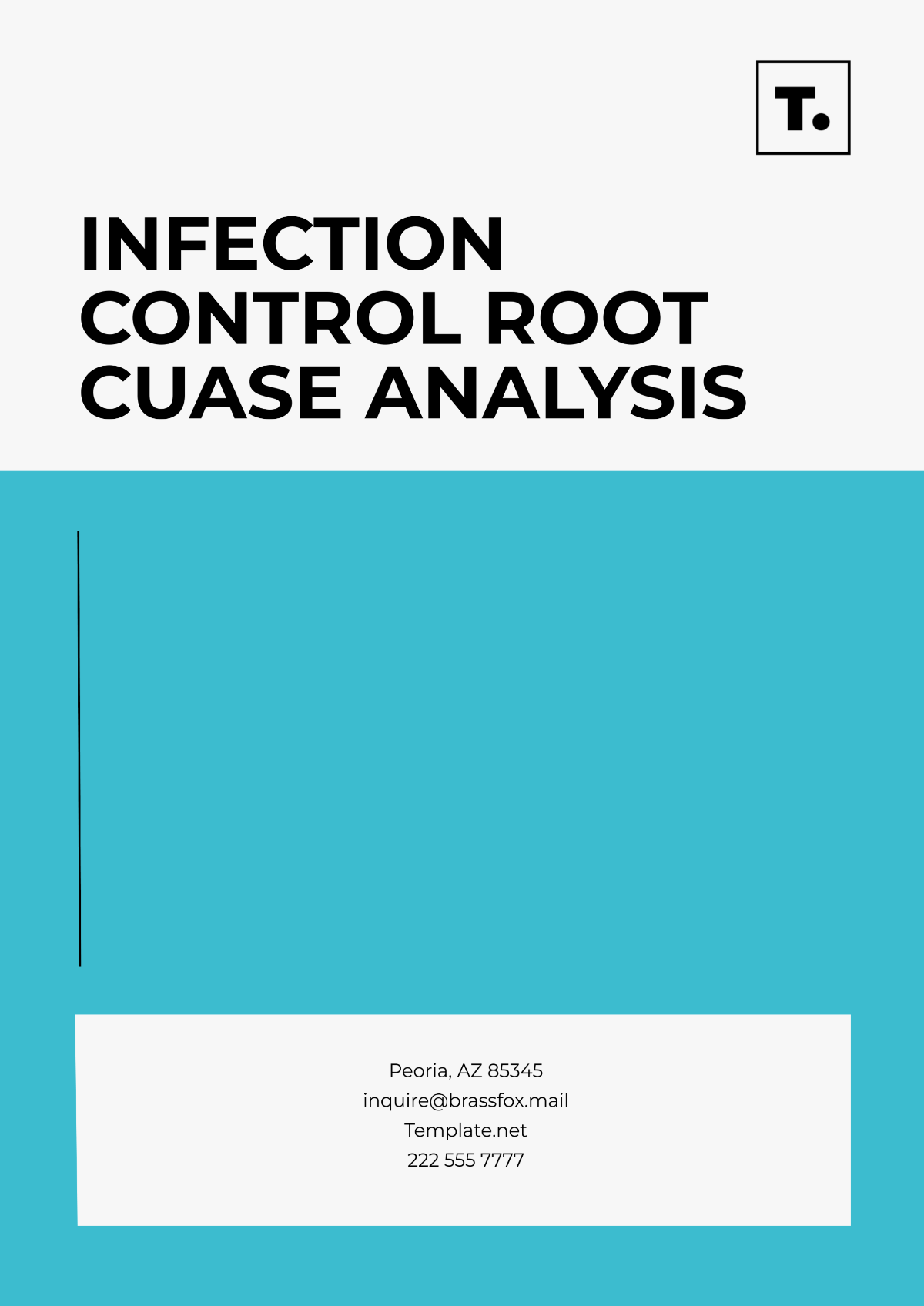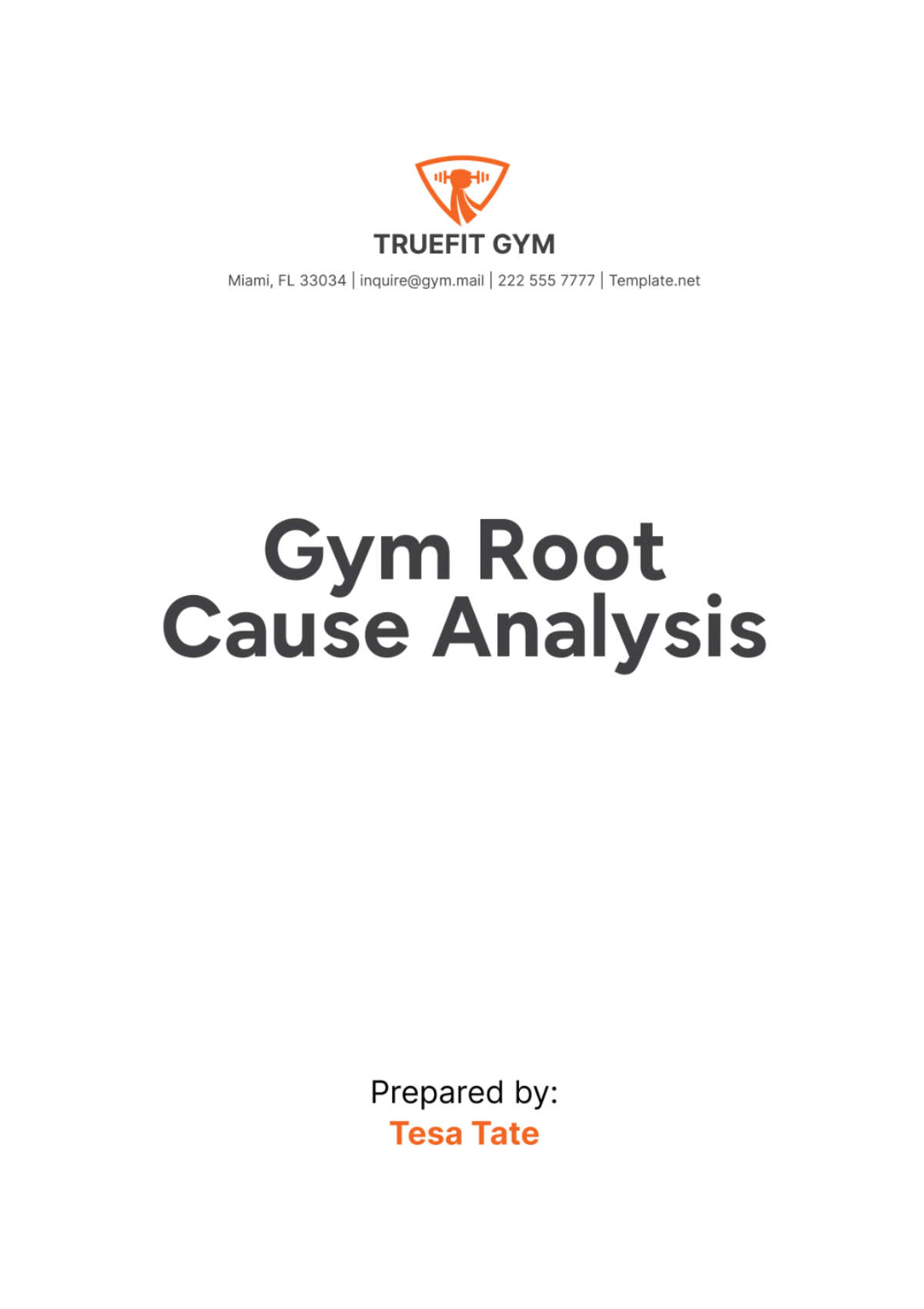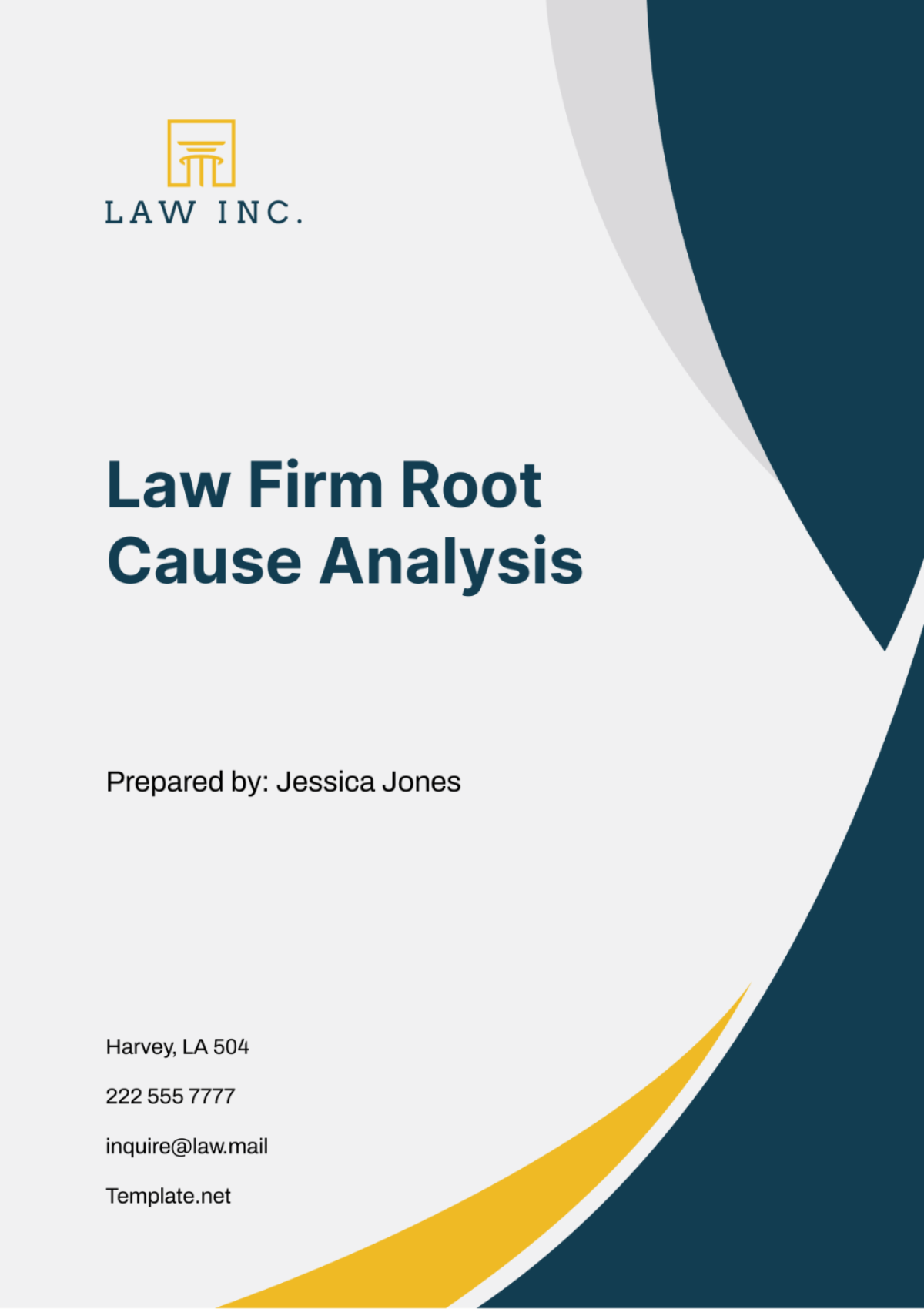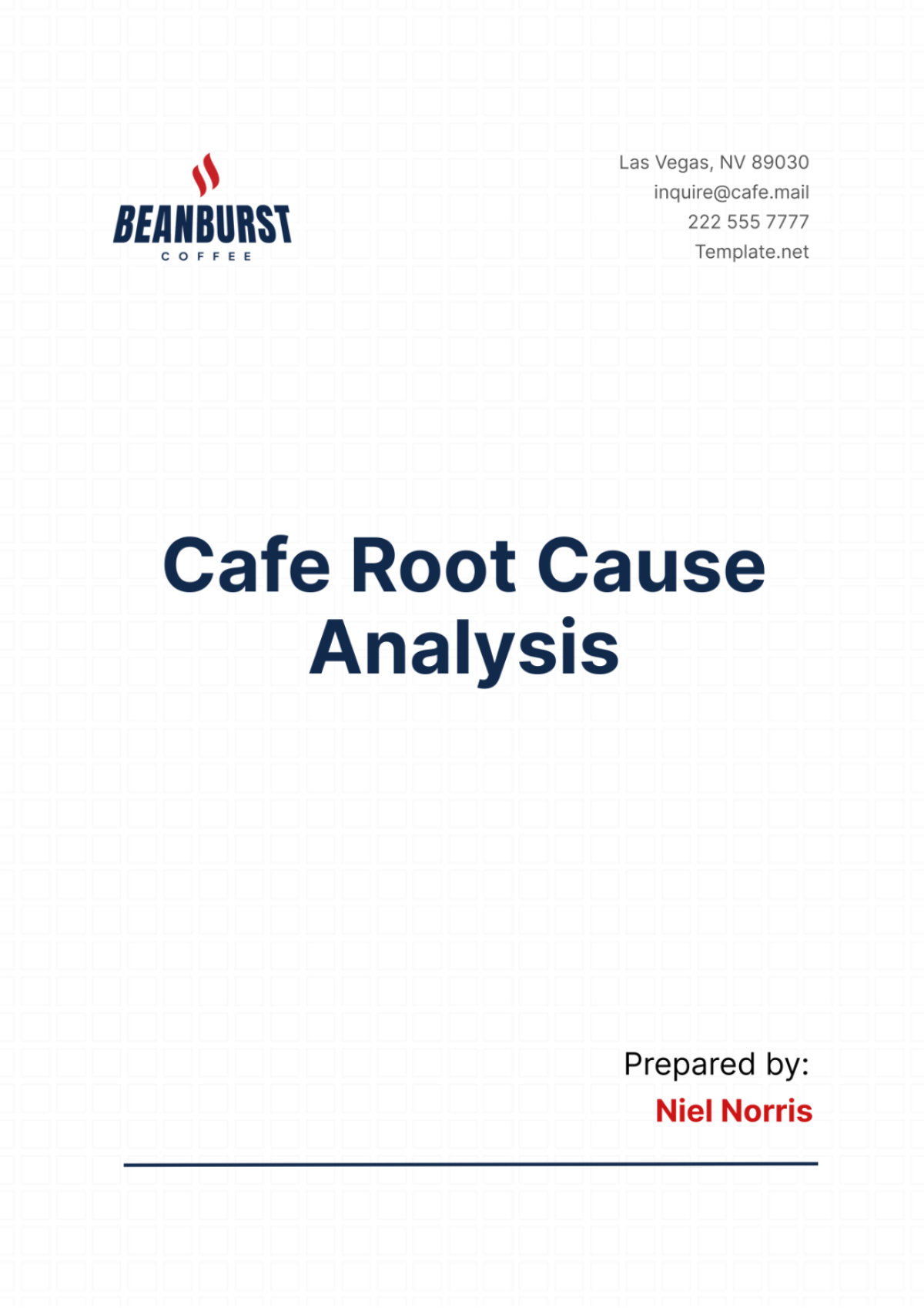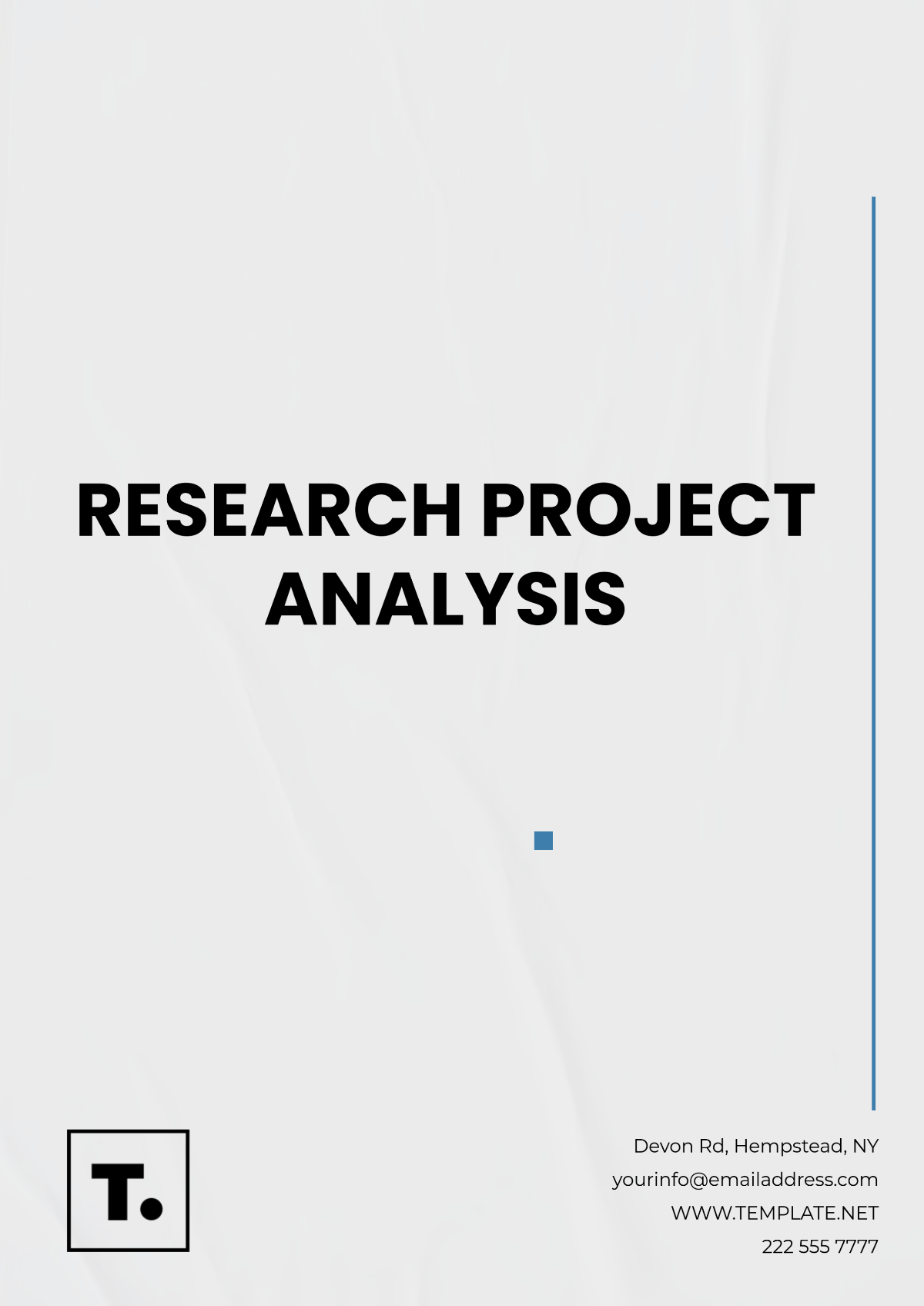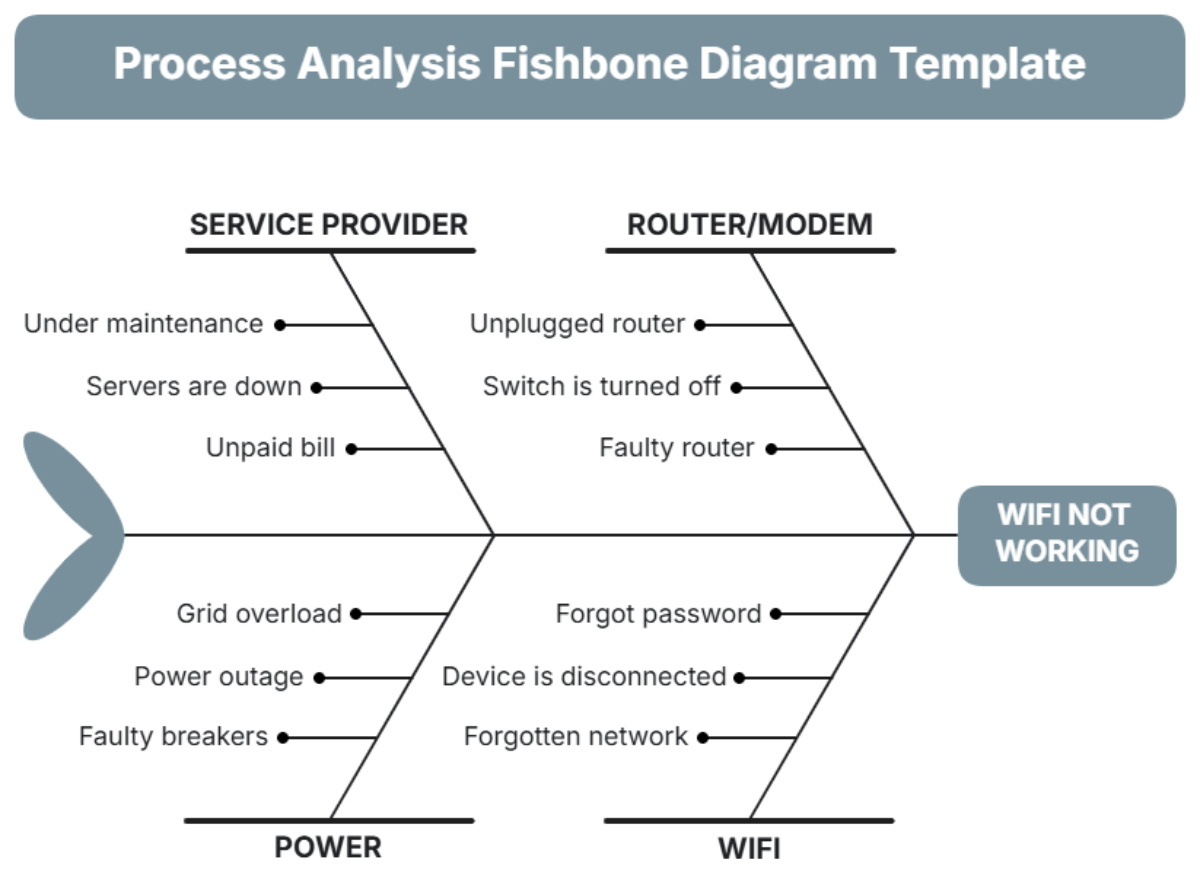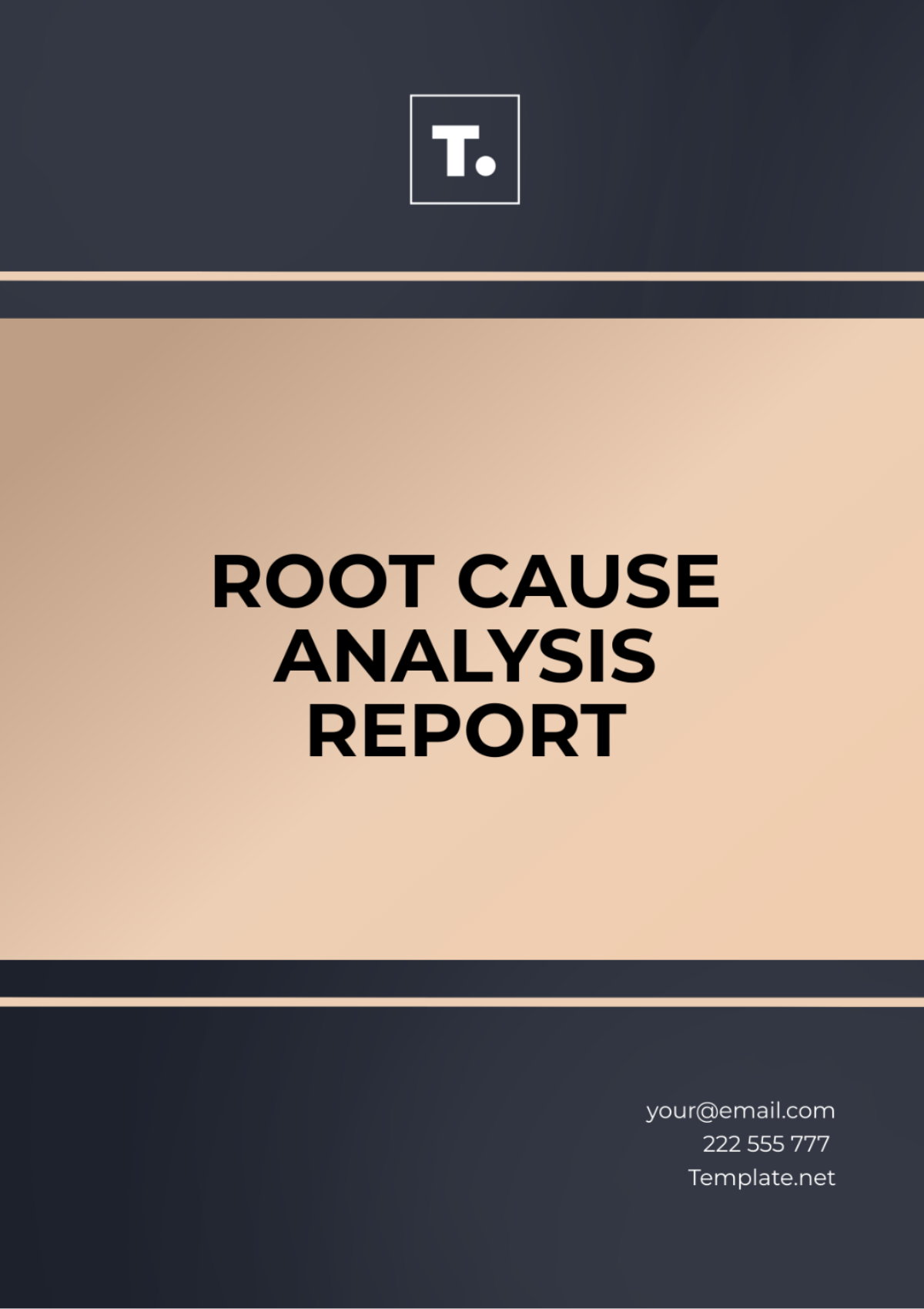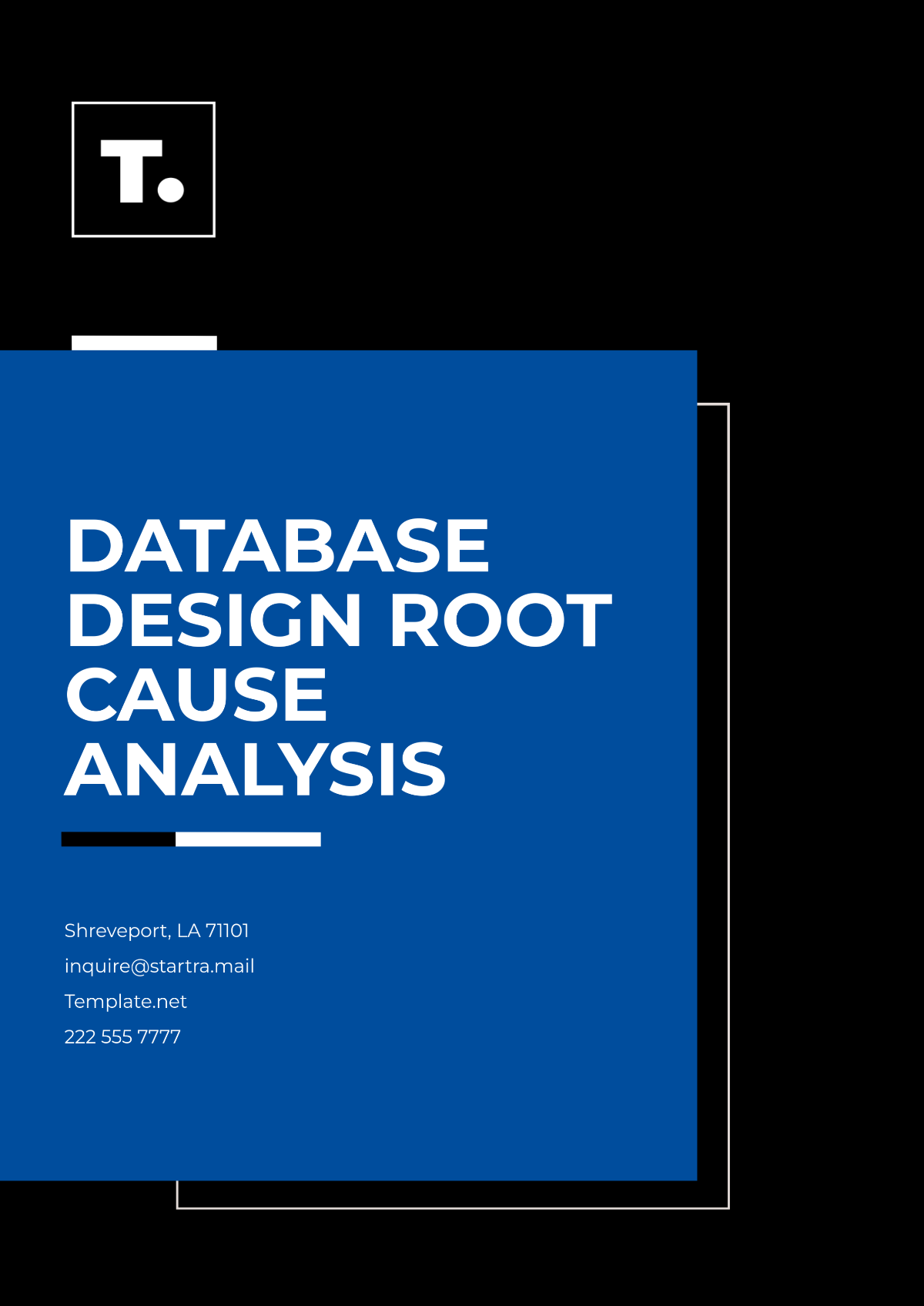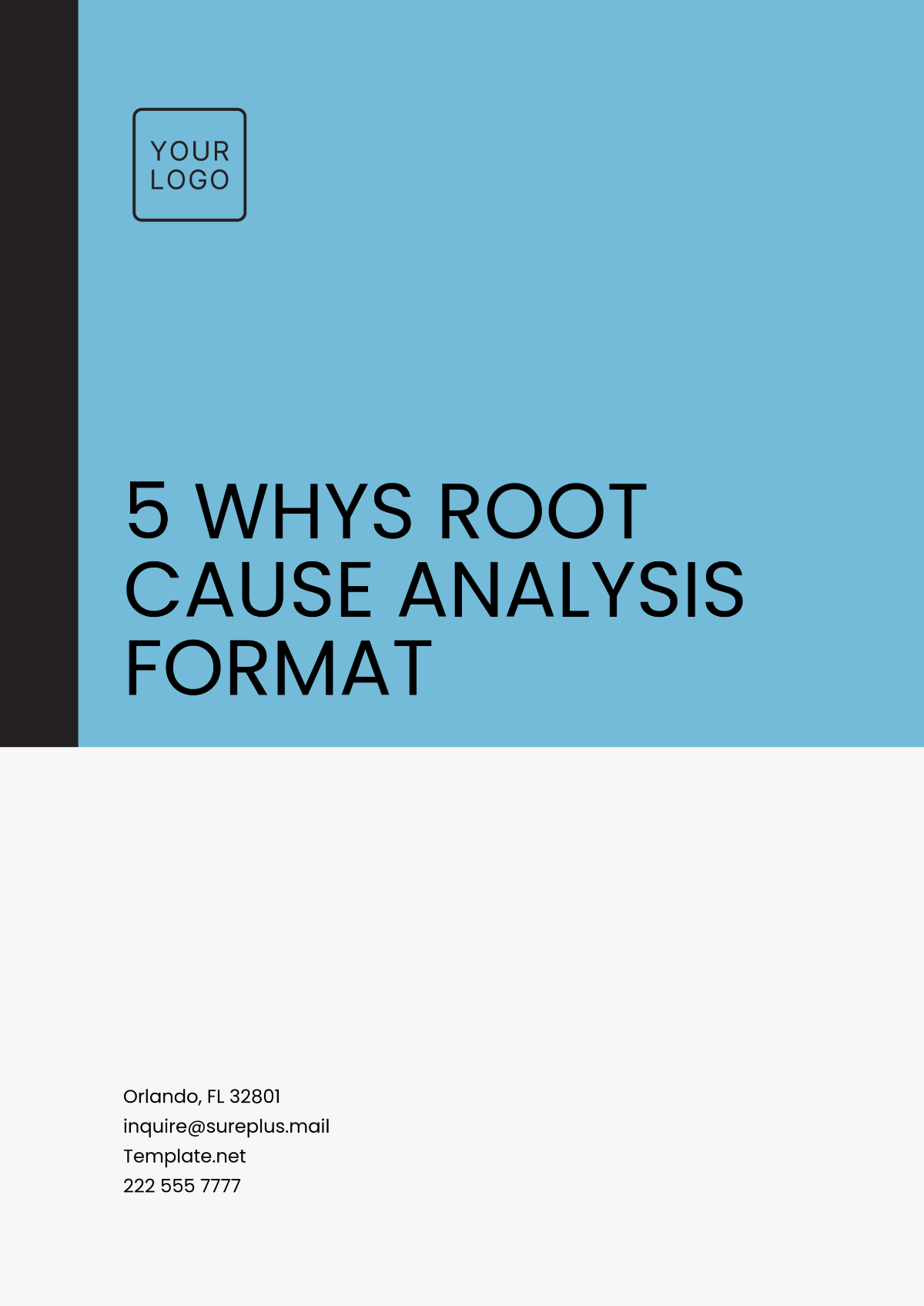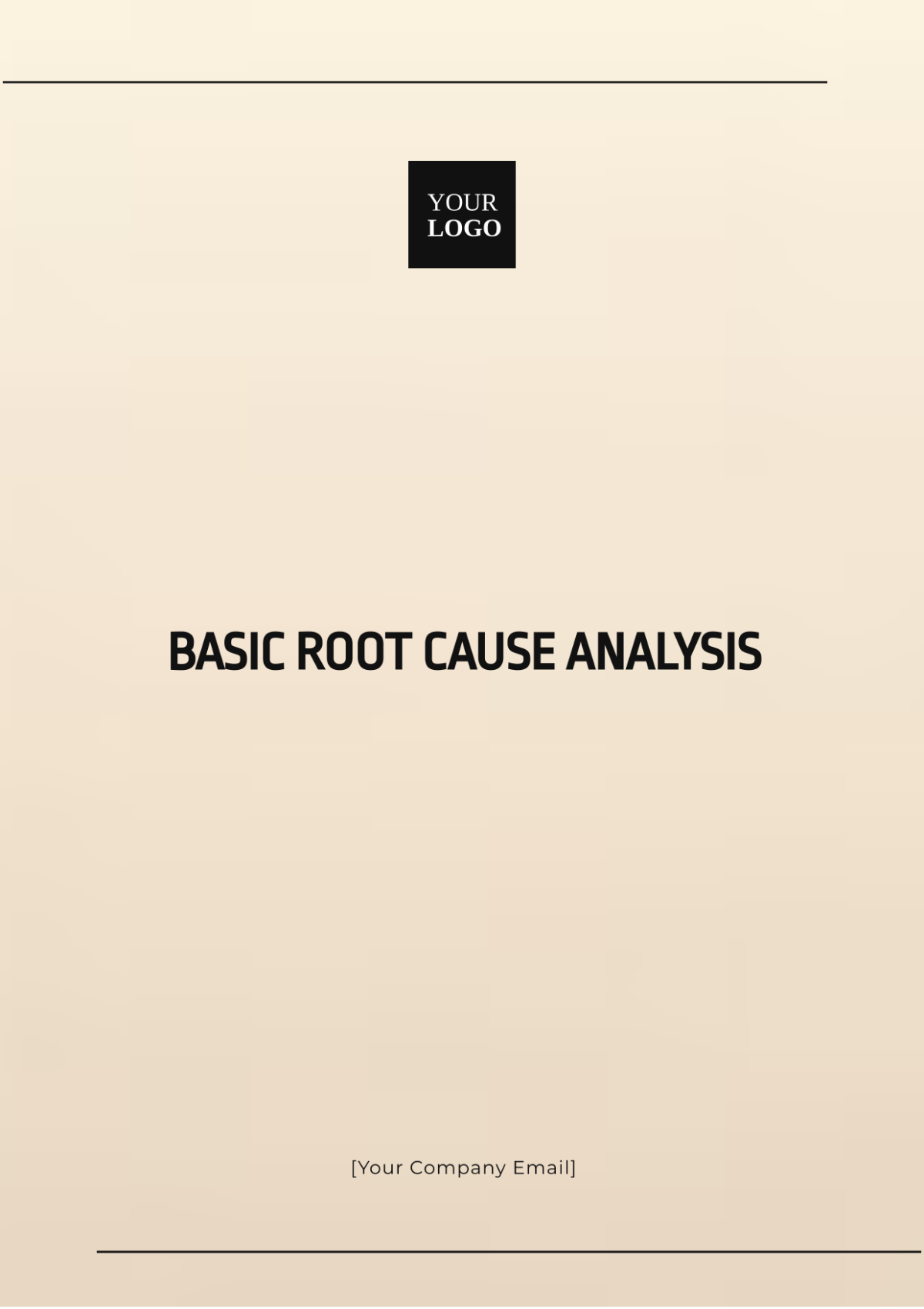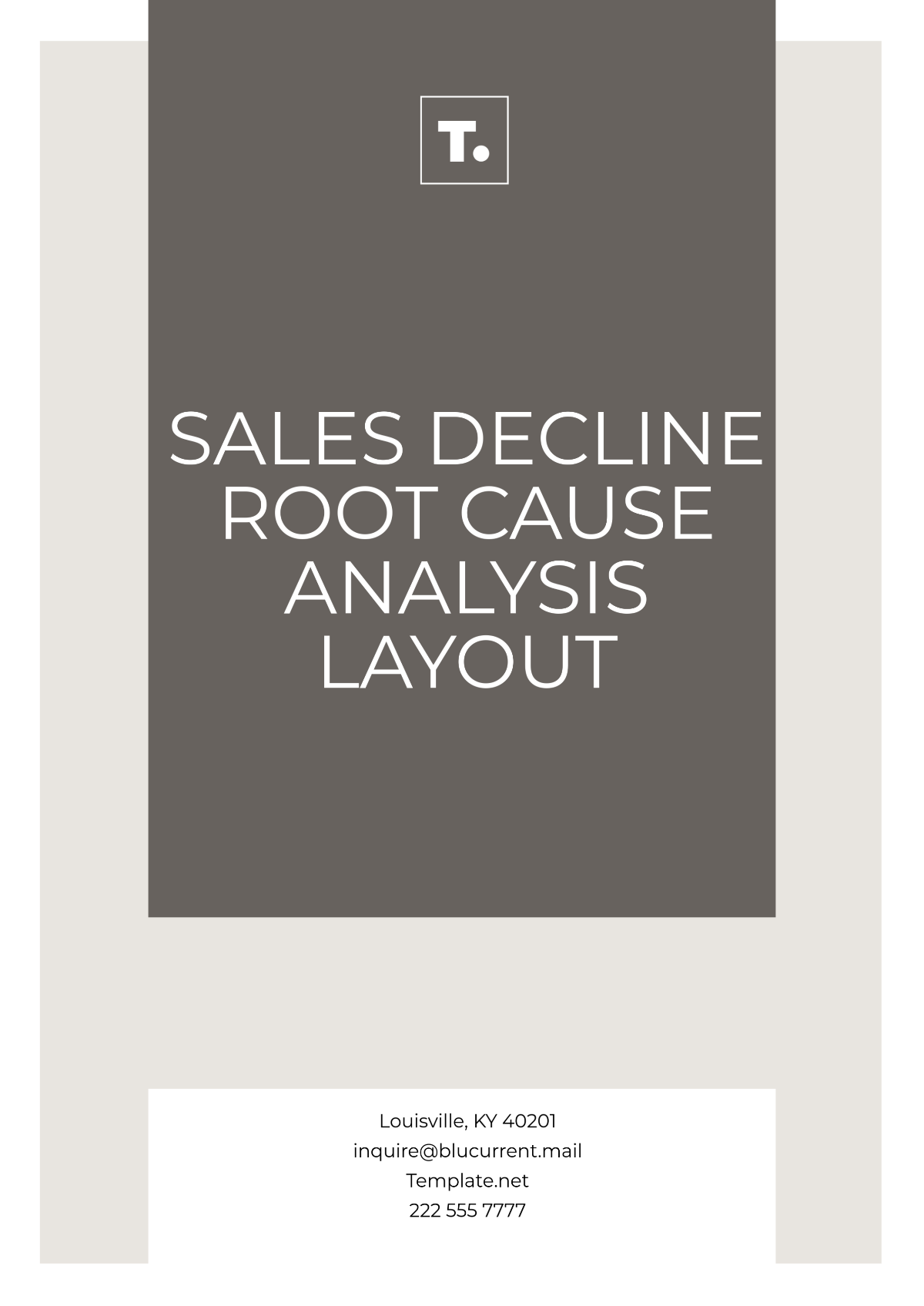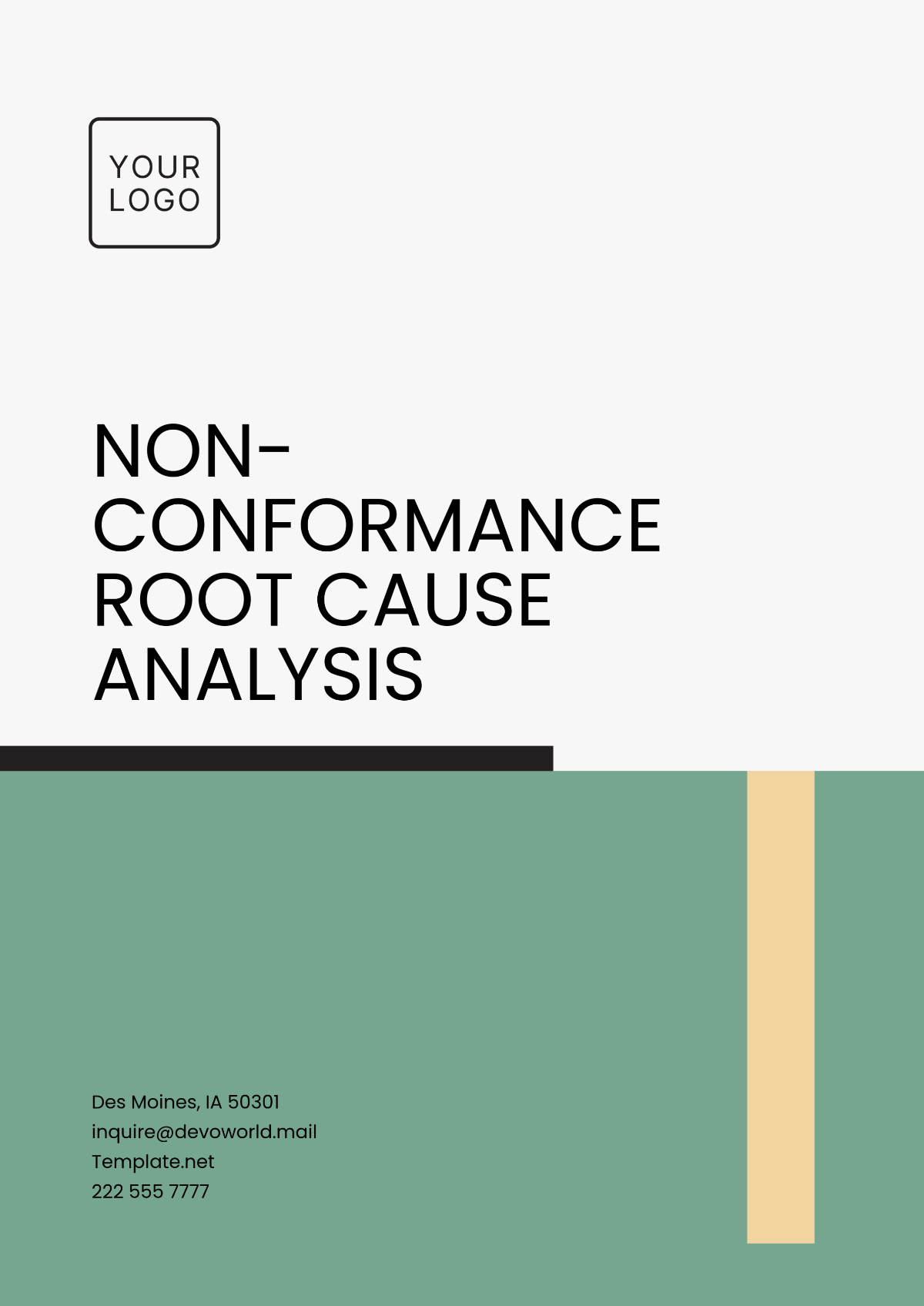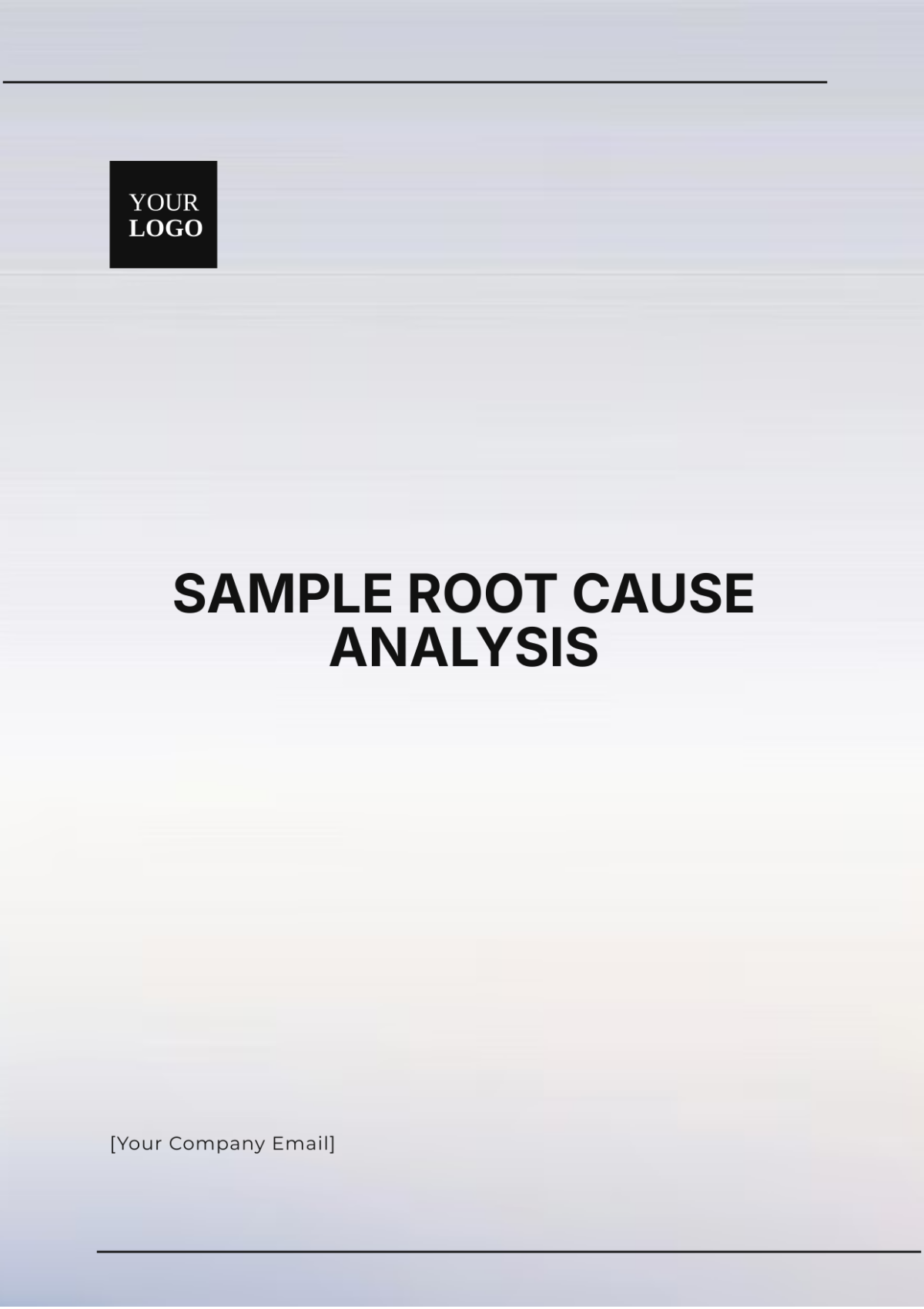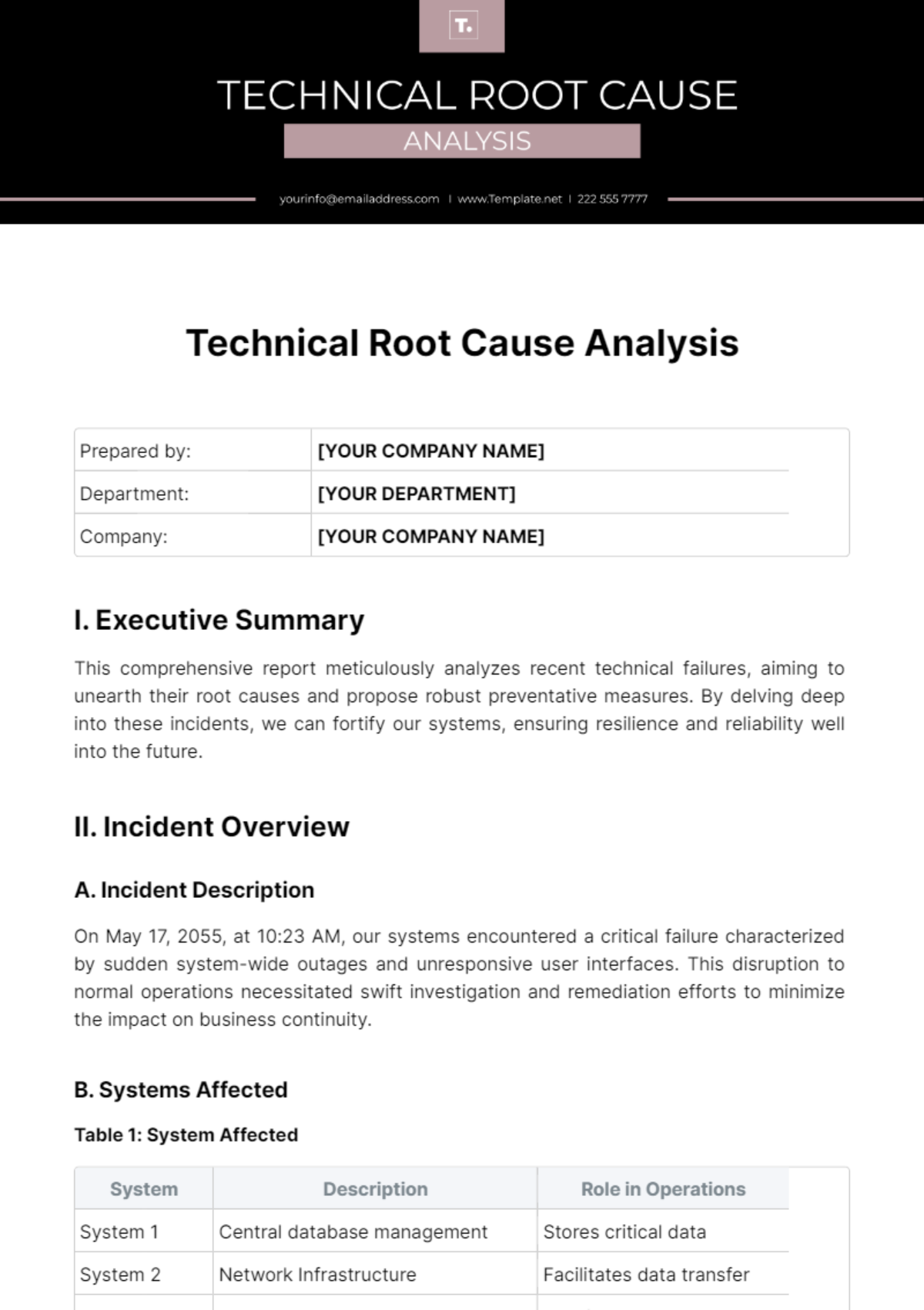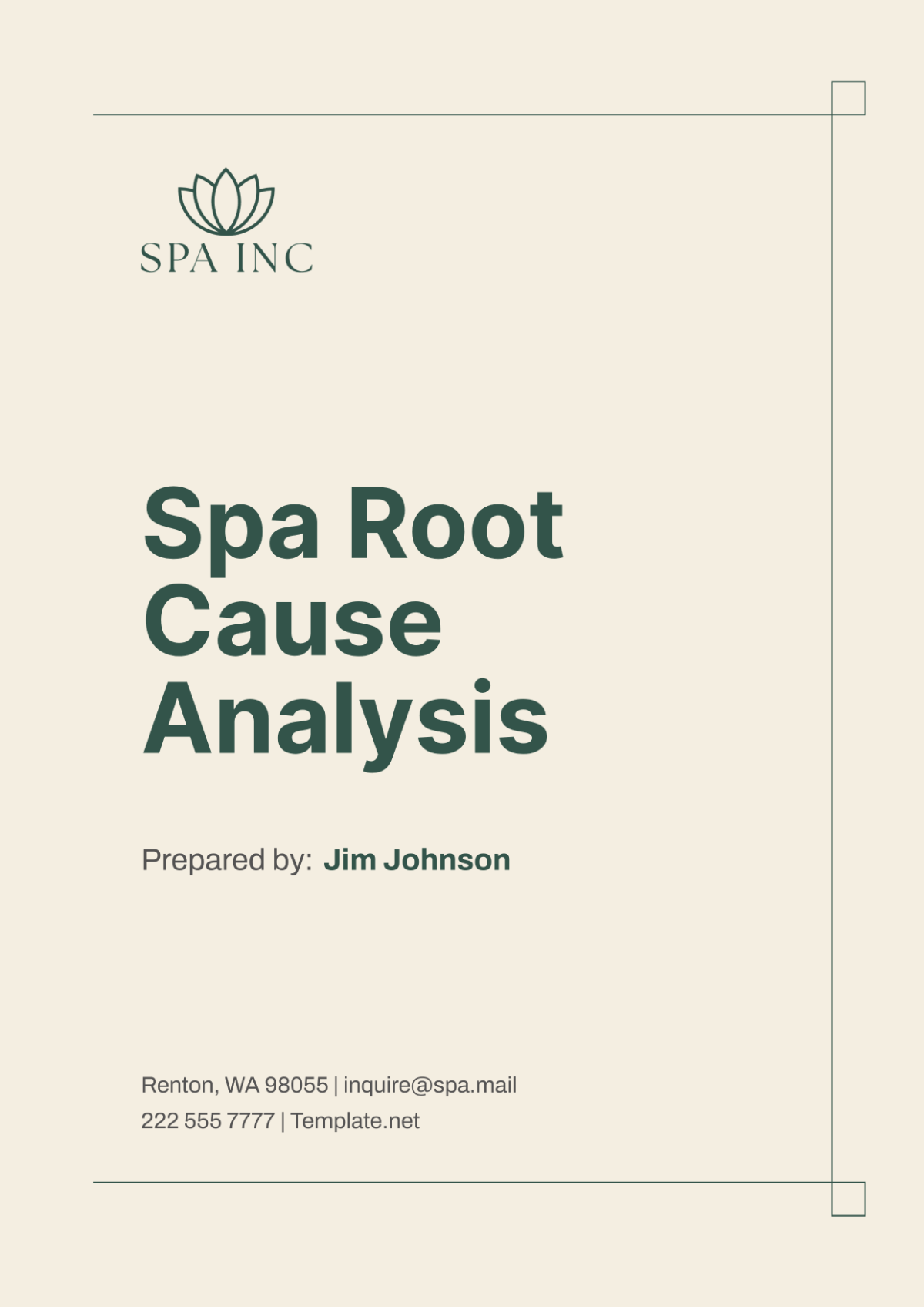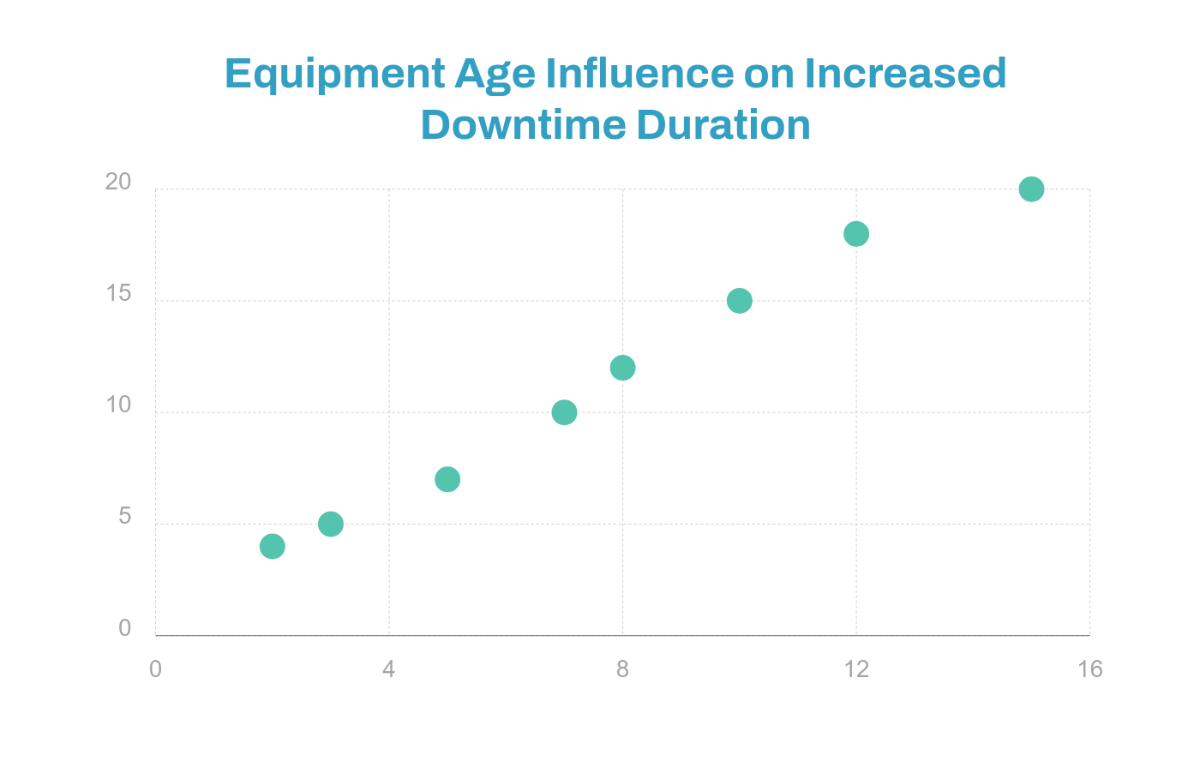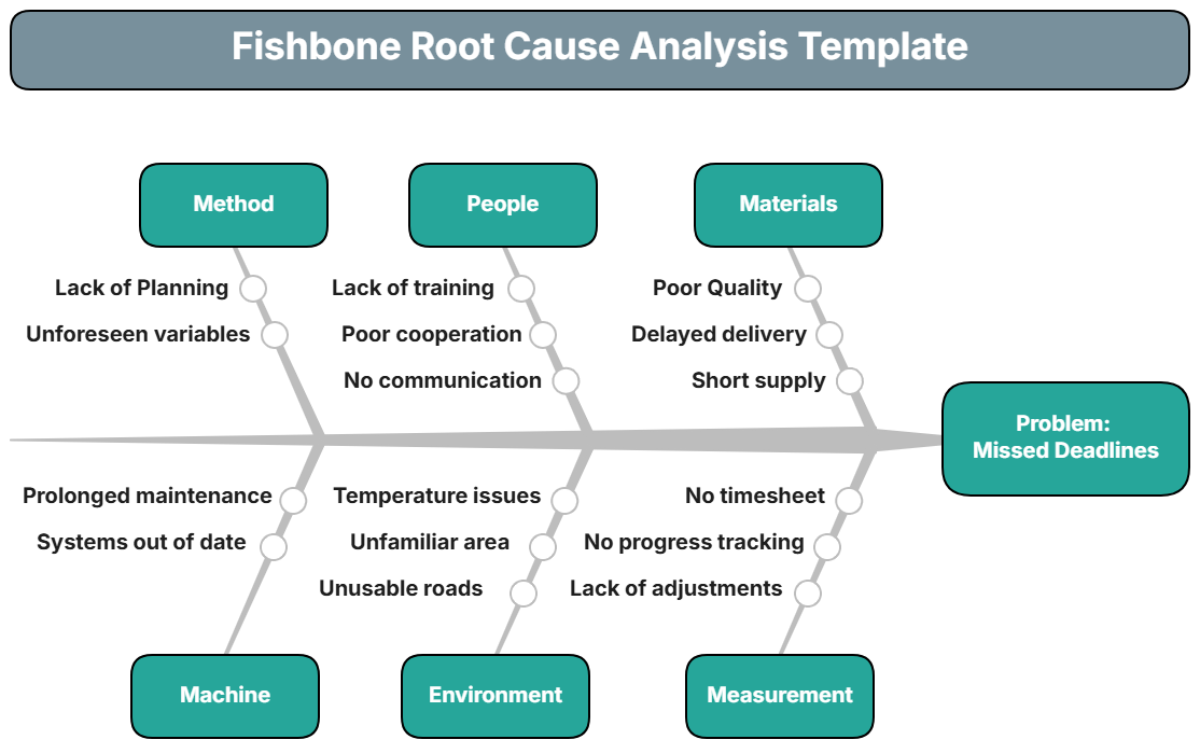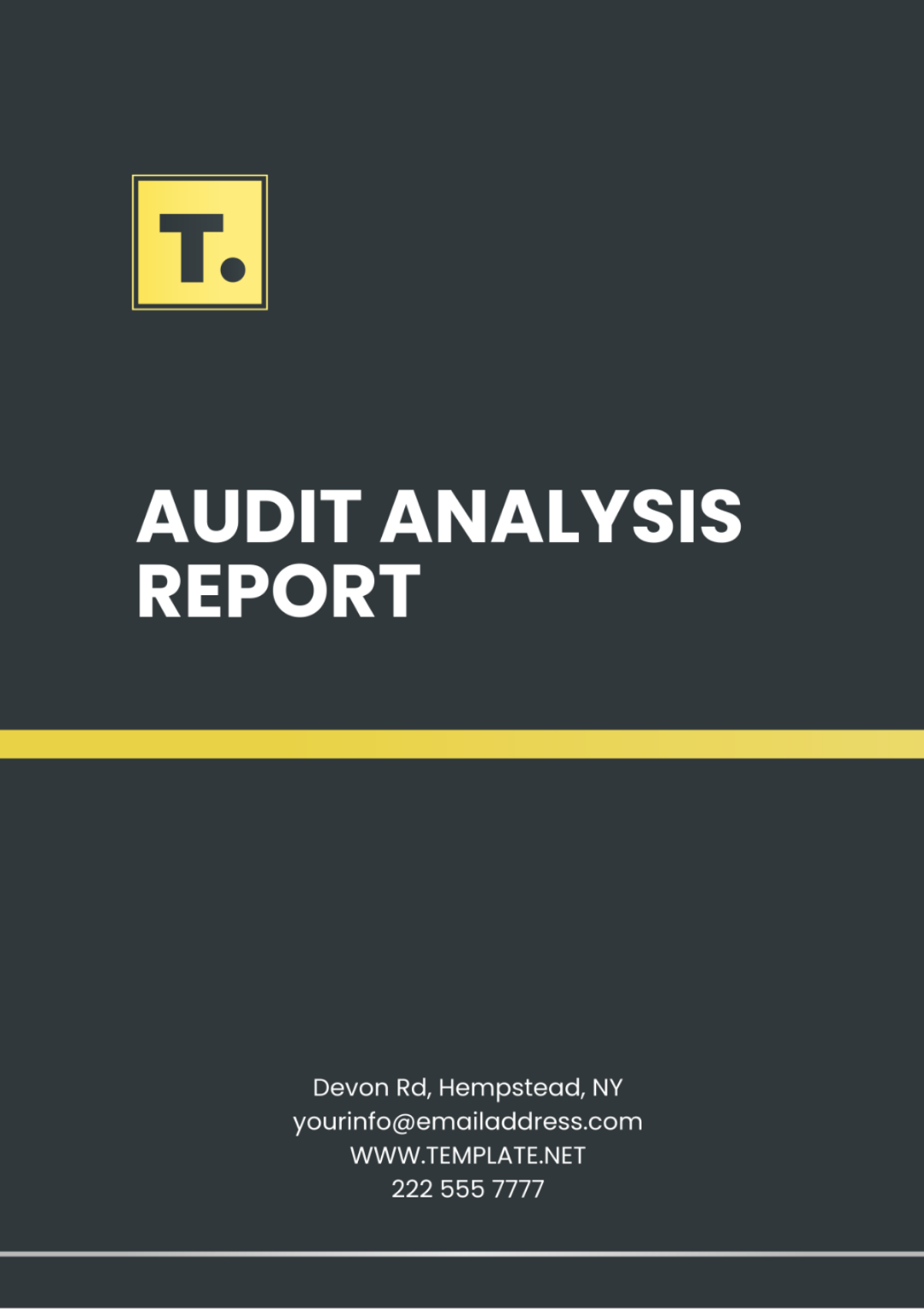Employee Behavior Thematic Analysis
Prepared By: [Your Name]
Company: [Your Company Name]
Date: [Date]
1. Introduction
At [Your Company Name], we understand that employee behavior is a critical factor in enhancing organizational performance, improving workplace culture, and aligning with strategic goals. This Employee Behavior Thematic Analysis offers a thorough examination of behavioral patterns within the organization. By leveraging qualitative data gathered from interviews, surveys, and observations, our analysis identifies key themes, delves into the underlying reasons behind specific behaviors, and provides actionable insights aimed at optimizing employee engagement and organizational effectiveness.
2. Methodology
2.1 Research Design
This analysis utilizes a qualitative research design to explore patterns and themes in employee behavior. The approach includes:
In-depth interviews: Conducted with 20 employees from various departments to gain personal perspectives on behavior and motivation.
Comprehensive Surveys: Distributed to all employees (150 participants) to collect both quantitative and qualitative data on workplace experiences.
Direct Observations: Observed daily interactions and meetings within teams to identify behavioral trends and communication styles.
2.2 Data Collection
Interviews: Semi-structured interviews were conducted to explore employees' perceptions of their work environment, sources of motivation, and areas of conflict.
Surveys: Online surveys included both closed and open-ended questions, focusing on job satisfaction, communication preferences, and conflict resolution.
Observations: Observations were made in various settings including team meetings, collaborative spaces, and one-on-one interactions.
2.3 Data Analysis
The analysis process involved:
Transcription: Interviews and observational notes were transcribed verbatim for detailed examination.
Coding: Data was coded into categories such as motivation, communication, and conflict management. Codes were then grouped into broader themes.
Theme Development: Common themes were identified and analyzed to understand their implications for organizational behavior and culture.
3. Findings
3.1 Identified Themes
Theme | Description |
|---|---|
Motivation and Engagement | Employees demonstrate varying levels of motivation influenced by recognition, career development opportunities, and job satisfaction. |
Communication Styles | Communication preferences vary significantly, with some employees favoring open, collaborative communication and others adhering to more formal, hierarchical methods. |
Conflict Resolution | Patterns of conflict resolution were observed, including confrontation by some and avoidance by others, affecting team dynamics and productivity. |
3.2 Behavioral Patterns
Pattern | Description |
|---|---|
High Engagement | Employees with high engagement show enthusiasm for their roles, proactive behavior, and alignment with organizational goals. |
Conflict Avoidance | Certain teams exhibit a pattern of avoiding conflict, leading to unresolved issues and decreased team cohesion. |
Diverse Communication Preferences | Communication styles range from open and collaborative to formal and hierarchical, impacting teamwork and information flow. |
4. Discussion
4.1 Implications of Findings
Motivation Enhancement: The varying levels of motivation suggest a need for enhanced recognition programs and clear career development pathways to boost engagement.
Communication Training: Diverse communication preferences highlight the need for training programs to improve communication skills and address conflicts effectively.
Conflict Management: The pattern of conflict avoidance underscores the necessity for structured conflict resolution mechanisms to foster a collaborative work environment.
4.2 Alignment with Organizational Goals
The analysis reveals areas where employee behaviors align with or deviate from organizational goals. Addressing these discrepancies through targeted interventions can improve alignment and enhance overall organizational performance.
5. Recommendations
5.1 Strategic Interventions
Enhance Motivation Programs: Develop and implement a recognition program that includes rewards for outstanding performance and career development opportunities.
Communication and Conflict Resolution Training: Introduce training sessions focused on effective communication, active listening, and conflict resolution techniques.
Regular Feedback Mechanisms: Establish regular feedback sessions where employees can discuss their concerns, suggest improvements, and align their actions with organizational goals.
5.2 Action Plan
Action Type | Action |
|---|---|
Short-Term Actions |
|
Long-Term Actions |
|
6. Conclusion
The Employee Behavior Thematic Analysis provides valuable insights into the behavioral patterns within the organization. By addressing identified issues and implementing the recommended strategies, the organization can improve employee engagement, enhance communication, and foster a positive work environment aligned with its strategic objectives.

